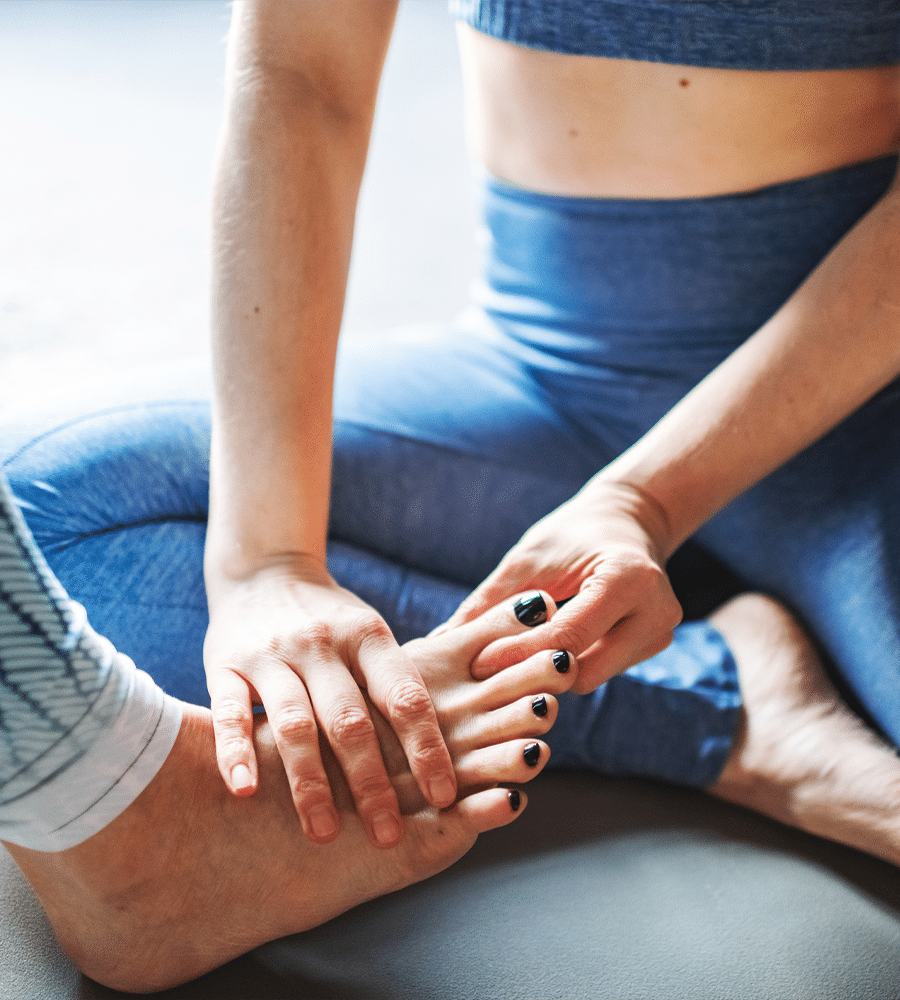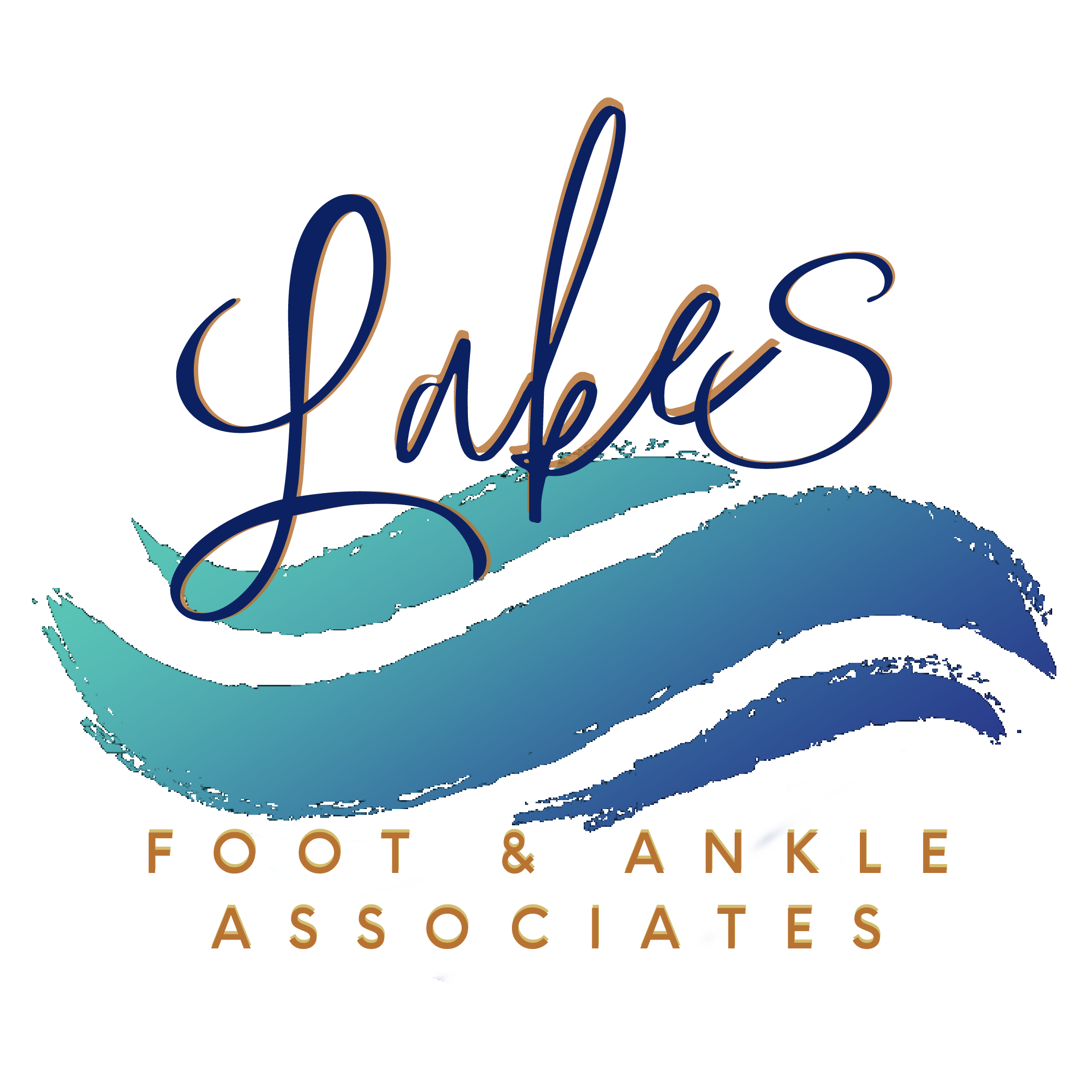Comprehensive Treatment for Toe Deformities in Commerce Twp, MI
It’s not always easy to realize just how much our toes move until a toe deformity shifts them out of alignment. And as a toe deformity progresses, that movement—or lack of it—can become more and more noticeable. Stiffness and pain begin to interfere with your activities. Shoes that best accommodate the shape of your toes and feet become harder to find, and footwear may start giving you blisters, corns, calluses, and sores.
At Lakes Foot & Ankle Associates, we provide a wide range of conservative treatments for patients with many types of toe deformities, from bunions to hammertoes, claw toes to mallet toes, and beyond. Let us be your partner in addressing symptoms and slowing or eliminating the progression of future problems.

What Is a Toe Deformity?
Toe deformities are structural problems within the foot that interfere with how you walk, wear shoes, and move through the world. They manifest in various ways and can be caused by numerous factors, from genetics to wearing ill-fitting shoes. But one thing is certain: these problems only get worse without treatment and can have major consequences on your quality of life.
Bunions, claw toes, mallet toes, and hammertoes may start out simply looking unusual. However, over time, they can become increasingly painful. This pain can have a compounding effect, changing how you walk and making it hard to stay active. Get ahead of the problem and maintain your active lifestyle with help from Lakes Foot & Ankle Associates!
Risk Factors for Bunions & Lesser Digit Deformities
- Wearing narrow or tight shoes
- Wearing high-heels
- Nerve damage
- Injury or trauma
- Medical conditions like arthritis
- Heredity (your foot structure or anatomy)
Finding Help for Toe Deformities
Some people believe surgery is the only way that toe deformities can be properly addressed, but that isn’t always true. In many cases, the bothersome symptoms of bunions, hammertoes, and other conditions can be effectively managed through conservative means such as padding, more accommodative footwear, and custom orthotics, among others.
The best advice for any toe deformity, though, is to seek professional care and management sooner rather than later. Even if your symptoms aren’t negatively affecting your life now, we can help you keep it that way, preventing further damage to your toes. Our primary goals for conservative care are to keep symptoms from interfering with your life and to slow or stop the progression of further problems in the future.
Toe Deformity FAQs
Hallux rigidus is a condition in which the big toe gradually loses its mobility over time. The toe becomes increasingly stiff and painful, and symptoms may worsen in cold or damp weather. The joint of the toe may also become swollen or aggravated, and a bump might develop on top of the foot.
Potential causes of hallux rigidus can include overuse of the toe joint, past trauma to the toe, arthritis, and inflammatory diseases. Some people may also inherit a foot structure that is more likely to experience the condition.
A bunion is a common deformity found along the inside of the foot and the largest toe. An instability within the metatarsophalangeal (MTP) joint at the base of the big toe causes the entire toe to shift out of alignment. This causes a large, bony protrusion to form, and the big toe itself will often gradually encroach upon the neighboring second toe.
Similar to a bunion, a bunionette (aka a tailor’s bunion) can form on the fifth toe, along the outside of the foot.
A hammertoe develops when one or more of the toes remains in a curved position when at rest, bending at the middle knuckle. At first, the toe may be flexible and able to be pressed down flat, but the condition can progress over time to the point that the bend becomes rigid and fixed.
As a hammertoe worsens, pain and stiffness are likely to increase. The upper side of the toe is also likely to rub against the inside of footwear, leading to corns and sores. Hammertoes are common in the second toe but can occur in the third, fourth, or fifth toes as well.
Learn More About Toe Deformities
Get a Partner in Managing Toe Deformities
Bunions and other toe deformities are sometimes a result of bad footwear habits and sometimes something you’re born prone to. But no matter how your issues come about, you deserve prompt and professional treatment. Don’t let a structural abnormality in your feet keep you from living the active life you want—you have options, and we’re here to help you explore them.
Contact Lakes Foot and Ankle Associates for help with any foot, ankle, or toe troubles you may be experiencing. Call (248) 360-3888 today to schedule your appointment, or send us a message online!
